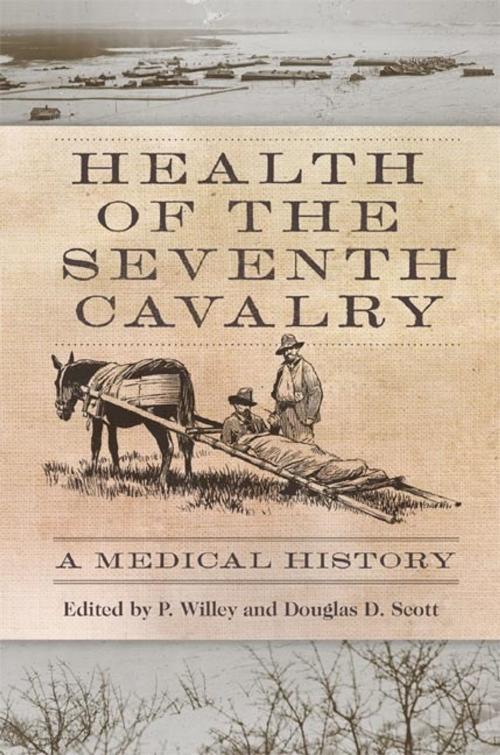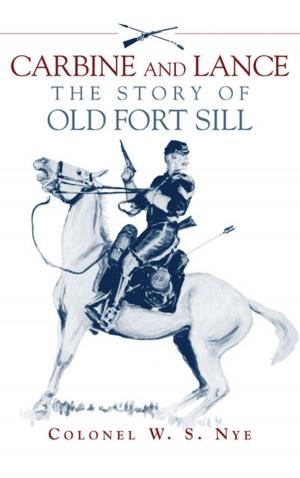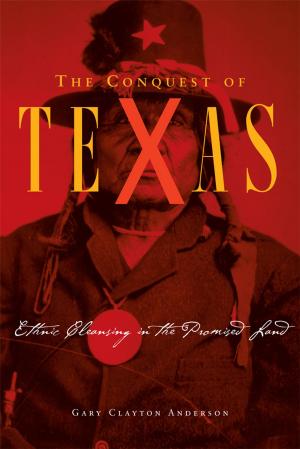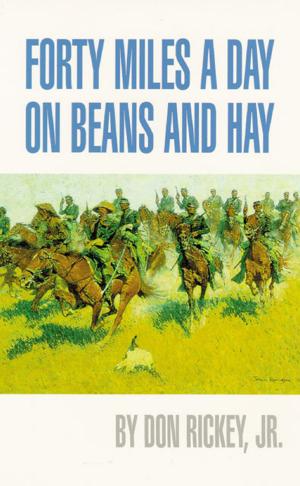Health of the Seventh Cavalry
A Medical History
Nonfiction, Health & Well Being, Medical, Ailments & Diseases, Infectious Diseases, Epidemiology, History, Modern, 19th Century, Military| Author: | ISBN: | 9780806153308 | |
| Publisher: | University of Oklahoma Press | Publication: | September 1, 2015 |
| Imprint: | University of Oklahoma Press | Language: | English |
| Author: | |
| ISBN: | 9780806153308 |
| Publisher: | University of Oklahoma Press |
| Publication: | September 1, 2015 |
| Imprint: | University of Oklahoma Press |
| Language: | English |
With its charismatic leader George Custer and its memorable encounters with Plains Indians, including the Battle of the Little Bighorn, the Seventh Cavalry serves as the iconic regiment in the post–Civil War U.S Army. Voluminous written documentation as well as archaeological and osteological research suggest that the soldiers of the Seventh represented a cross section of the men who joined the army as a whole at the time. In Health of the Seventh Cavalry, editors P. Willey and Douglas D. Scott and their co-contributors—experts in history, medicine, human biology, epidemiology, and human osteology—examine the Seventh’s medical records to determine the health of the nineteenth-century U.S. Army, and the prevalence and treatment of the numerous conditions that plagued soldiers during the Indian Wars.
Building on previous comparisons of archaeological evidence and medical records, Willey and Scott follow multiple lines of inquiry to assess the health of the Seventh, from its organization in 1866 to its 1884 station on the Northern Great Plains. Pairing general overviews of nineteenth- and twentieth-century health care with essays on malaria, injuries, post-traumatic stress disorder, and other specific ailments, Health of the Seventh Cavalry provides fresh insights into the health, disease, and trauma that the regiment experienced over two decades. More than 100 tables, graphs, and maps track the troops’ illnesses and diseases by month, season, year, and location, as well as their stress periods, desertions, and deaths. A glossary of medical terms rounds out the volume.
As an ideal exemplar of regiments of its time, the Seventh Cavalry affords scholars and enthusiasts a better understanding of nineteenth-century health and medicine. This volume reveals the struggles that the post–Civil War Seventh, and the entire U.S. Army, faced on the battlefield and elsewhere.
With its charismatic leader George Custer and its memorable encounters with Plains Indians, including the Battle of the Little Bighorn, the Seventh Cavalry serves as the iconic regiment in the post–Civil War U.S Army. Voluminous written documentation as well as archaeological and osteological research suggest that the soldiers of the Seventh represented a cross section of the men who joined the army as a whole at the time. In Health of the Seventh Cavalry, editors P. Willey and Douglas D. Scott and their co-contributors—experts in history, medicine, human biology, epidemiology, and human osteology—examine the Seventh’s medical records to determine the health of the nineteenth-century U.S. Army, and the prevalence and treatment of the numerous conditions that plagued soldiers during the Indian Wars.
Building on previous comparisons of archaeological evidence and medical records, Willey and Scott follow multiple lines of inquiry to assess the health of the Seventh, from its organization in 1866 to its 1884 station on the Northern Great Plains. Pairing general overviews of nineteenth- and twentieth-century health care with essays on malaria, injuries, post-traumatic stress disorder, and other specific ailments, Health of the Seventh Cavalry provides fresh insights into the health, disease, and trauma that the regiment experienced over two decades. More than 100 tables, graphs, and maps track the troops’ illnesses and diseases by month, season, year, and location, as well as their stress periods, desertions, and deaths. A glossary of medical terms rounds out the volume.
As an ideal exemplar of regiments of its time, the Seventh Cavalry affords scholars and enthusiasts a better understanding of nineteenth-century health and medicine. This volume reveals the struggles that the post–Civil War Seventh, and the entire U.S. Army, faced on the battlefield and elsewhere.















